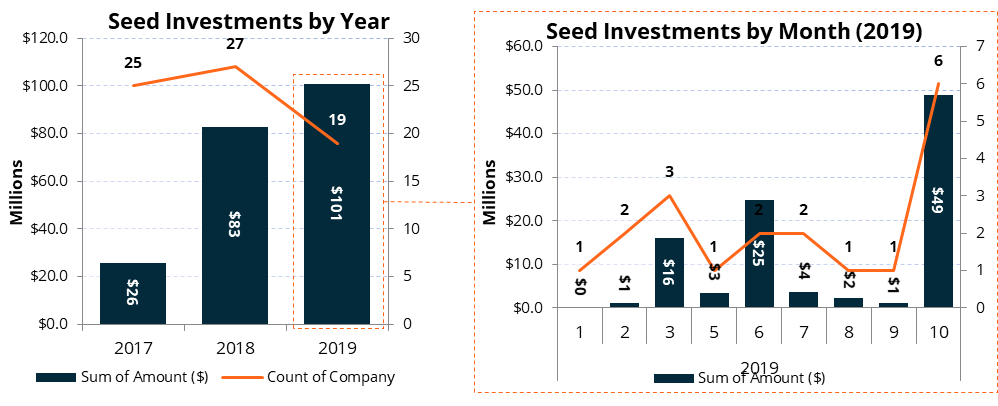24 May 2020 | Blog
Cassidy Shell from Cleantech group writing on technologies that are a critical factor for future economic growth
From electric scooters and bikes to ride-hailing and car-sharing, the way humans move around cities is markedly different than it was 100 years ago. Over the next decade, the proliferation of connected, autonomous, shared and electric (CASE) vehicles will usher in a new era of mobility and further change the way we move people and goods. However, transportation infrastructure and management systems have been slow to adapt, creating a bottleneck in mobility innovation.
Every city has a traffic policy regarding how vehicles and actors (pedestrians, cyclists, etc.) are organized and prioritized, and use traffic lights to implement the policy. Current traffic management systems operate traffic lights on fixed time frames and in-road sensors to extend or shorten green lights when needed. This system was created in an era dominated by passenger vehicles and designed to move as many vehicles, not necessarily people, as possible.
By 2030, 1 billion more people are expected to live in cities. Today, 55% of the world’s population lives in urban areas and this percentage is expected to rise to 68% by 2050. Additionally, freight volumes are expected to grow by 40% during this time period. Uncoordinated deployment of new mobility services has overwhelmed aging infrastructure which was designed only for private vehicles and public transit. Although CASE mobility promises to provide a transportation system which is safe, efficient and emissions-free, the path to get there is currently unclear and will require simultaneous innovation in infrastructure and management.
Digitization and advancements in enabling technologies, including artificial intelligence, IoT sensors, computer vision and computing technology has allowed for the development of new traffic management tools for cities. Traditional in-road sensors at traffic lights collect limited data on traffic (mainly, the presence of a vehicle) and can only be used to shorten or extend green lights. This system operates on fixed time frames and can’t adapt to dynamic traffic demand. IoT sensors and machine learning technology in cameras deployed at intersections collect granular data on vehicle, pedestrian and cyclist movement and traffic volume at intersections. This data can then be used for multiple applications:

Click here to read the full article by , originally published in CleanTech.com